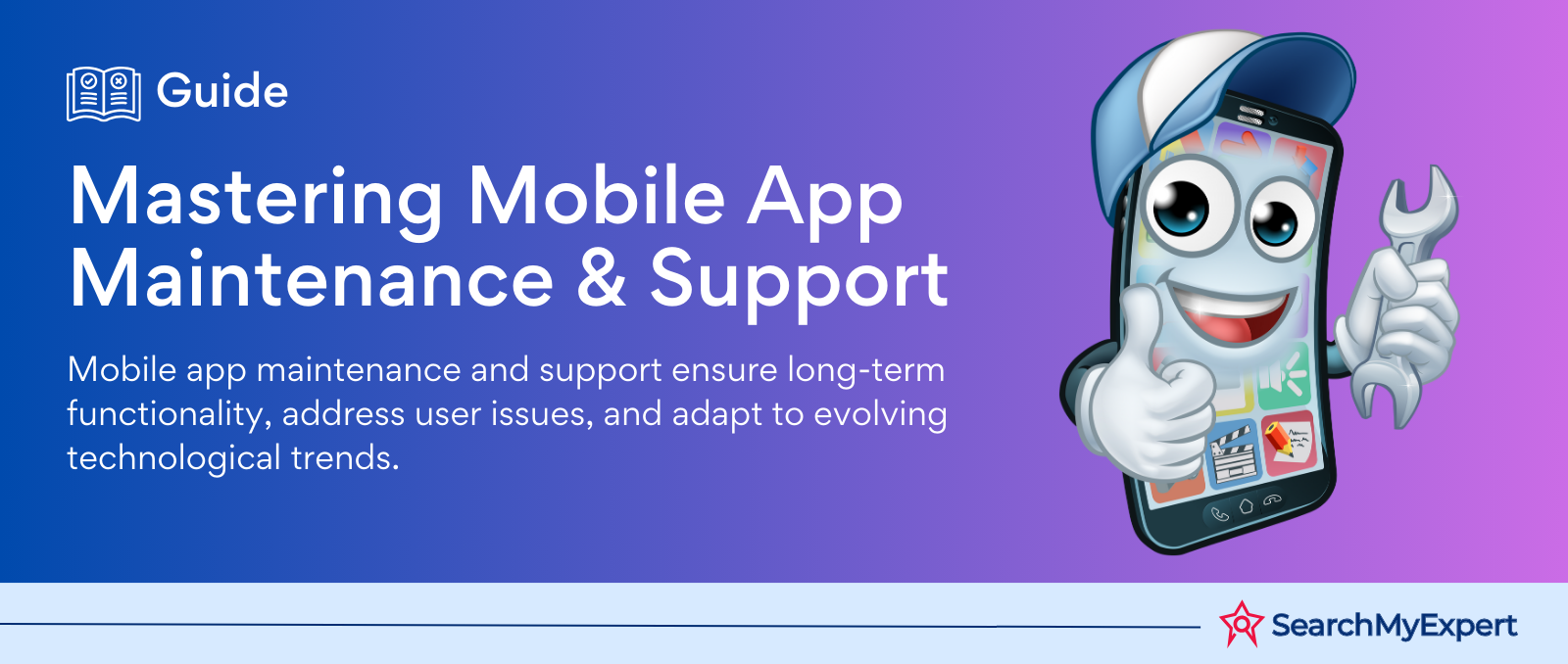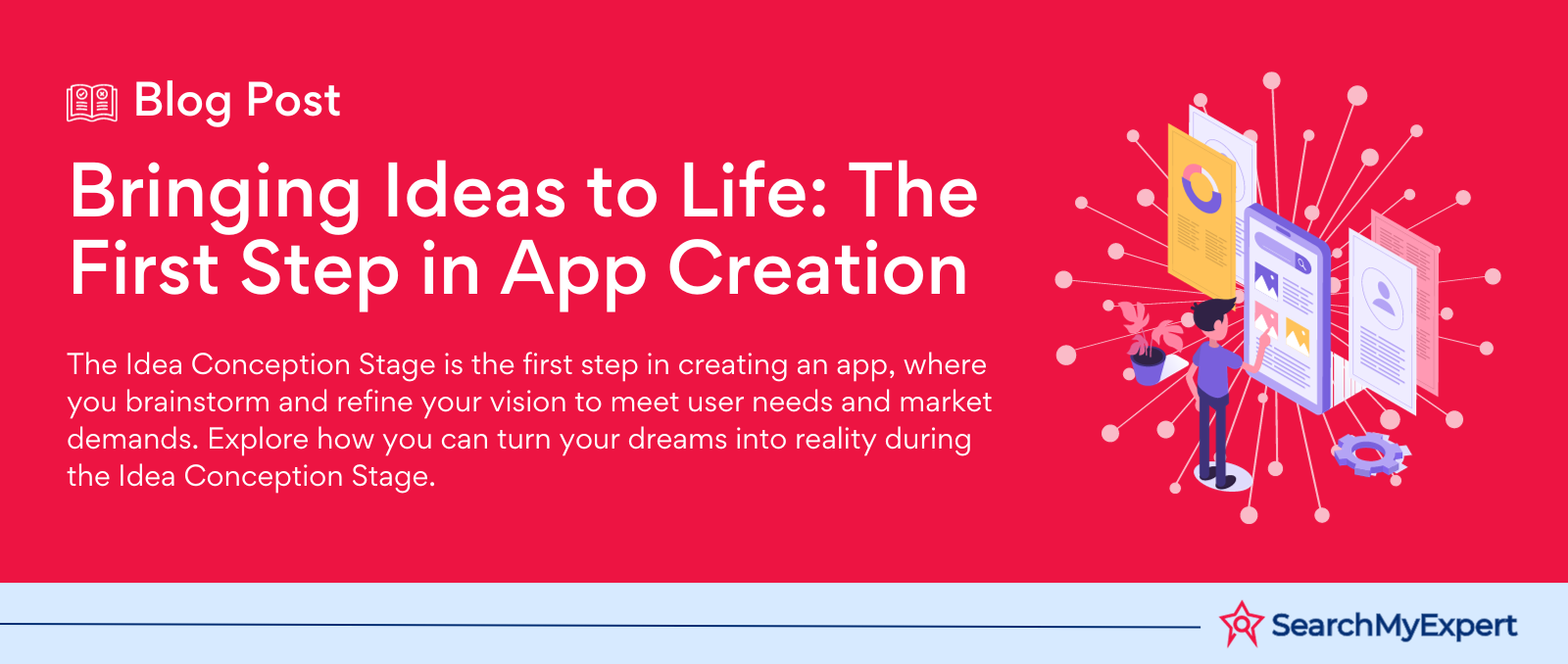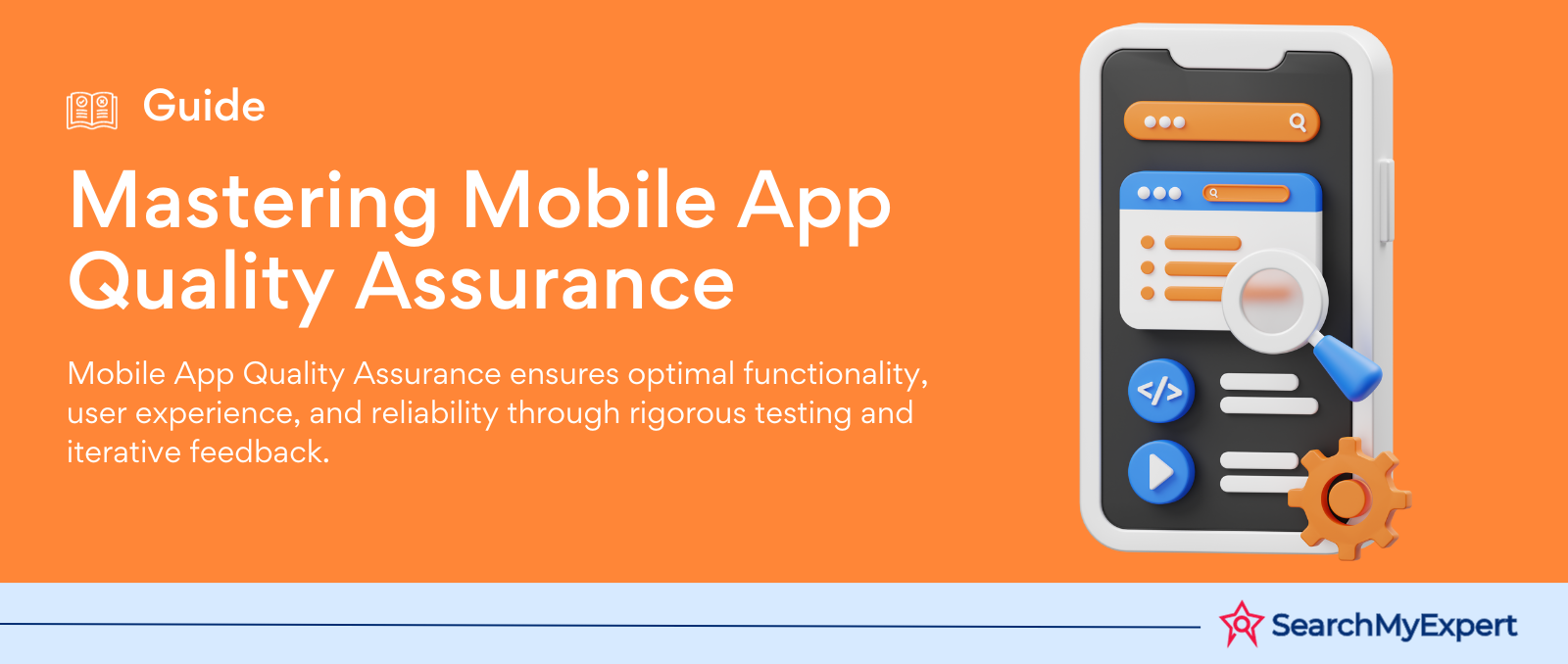Enhanced Performance: Mastering SEO and UX Strategies

The Symbiotic Relationship Between SEO and UX
SEO (Search Engine Optimization) and User Experience (UX) are two fundamental components that play a pivotal role in the success of any website. SEO refers to the practice of optimizing a website to improve its visibility and ranking on search engine results pages (SERPs). It involves various strategies like keyword optimization, content quality, and link building. On the other hand, UX focuses on the overall experience of a user while interacting with a website, encompassing aspects like design, ease of navigation, and content relevance.
The importance of both SEO and UX in website success cannot be overstated. SEO is crucial for driving organic traffic to a website by making it more discoverable on search engines like Google. A well-optimized website appears higher on SERPs, thereby increasing its chances of being visited by potential customers. However, driving traffic to the site is just part of the equation. Once users land on a website, their experience (UX) determines how long they stay, how they interact, and whether they perform the desired actions, such as making a purchase or subscribing to a newsletter.
The synergy between SEO and UX is where the magic happens. While SEO brings users to a website, UX ensures they have a positive experience that encourages them to engage with the content, products, or services offered. This relationship is mutually beneficial; a good UX leads to higher engagement, which in turn signals to search engines that the website is valuable, potentially boosting its SEO ranking. Conversely, a well-optimized website for search engines, which lacks in UX, may attract visitors but fail to retain them, leading to high bounce rates and eventually a decline in SEO performance.
In essence, the integration of SEO and UX strategies is essential for a holistic and effective digital presence. Websites need to not only be visible on search engines but also provide a compelling and user-friendly experience. This dual focus ensures not just short-term traffic boosts, but long-term success and a loyal user base.
Understanding User Intent: Aligning Website Strategy with Search Behaviour
Identifying Types of User Intent
User intent, often categorized into informational, transactional, navigational, and sometimes commercial investigation, plays a crucial role in shaping SEO and UX strategies.
- Informational Intent: Users seeking information, often in the form of questions or queries about a specific topic.
- Transactional Intent: This involves users looking to make a purchase or engage in another type of transaction.
- Navigational Intent: When users are searching for a specific website or page.
- Commercial Investigation: Users intending to buy in the future and are researching their options.
Analyzing User Search Patterns and Behaviors
Understanding how users interact with search engines and what they are looking for is vital for tailoring website content. Analysis involves:
- Search Query Analysis: Examining the keywords and phrases that users type into search engines.
- Click-Through Rates (CTR): Monitoring which search results get more clicks can provide insights into user preferences.
- User Engagement Metrics: Metrics like time spent on page and bounce rate can indicate whether users are finding the content they are searching for.
Aligning Website Content and Structure with User Intent
Creating content that aligns with user intent involves:
- Content Tailoring: Developing content that answers the specific queries and needs of users.
- Site Structure Optimization: Organizing website structure and navigation to align with how users typically search and browse.
- Optimizing for Different Types of Queries: Creating varied content types like blogs for informational queries or product pages for transactional queries.
By understanding and aligning with user intent, websites can create a more effective and user-centric SEO and UX strategy. This alignment not only improves the chances of appearing in relevant search results but also ensures a satisfying user experience, leading to higher engagement and conversion rates.
Optimizing Content for Search Engines: A Strategic Approach to Keywords
Conducting Keyword Research
Keyword research is foundational in optimizing content for search engines. It involves identifying the terms and phrases that potential customers are using to search for products or services related to your business. Key steps include:
- Utilizing Keyword Research Tools: Tools like Google Keyword Planner or SEMrush provide insights into search volume, competition, and relevance.
- Analyzing Competitor Keywords: Understanding which keywords competitors are ranking for can offer valuable insights.
- Identifying Long-Tail Keywords: These are more specific and often less competitive phrases that can drive targeted traffic.
Incorporating Target Keywords Naturally
Once relevant keywords are identified, the next step is to incorporate them into website content:
- Strategic Placement: Include keywords in titles, headers, meta descriptions, and throughout the content.
- Avoiding Keyword Stuffing: Overusing keywords can negatively impact readability and SEO. They should be used naturally and contextually.
- Using Synonyms and Related Terms: This not only prevents over-repetition but also helps in ranking for a broader range of search queries.
Utilizing Meta Descriptions and Title Tags Effectively
Meta descriptions and title tags are crucial elements of SEO:
- Compelling Title Tags: They should be concise, include primary keywords, and accurately describe the page content.
- Optimized Meta Descriptions: While they don’t directly influence rankings, they impact click-through rates. They should be engaging, informative, and include target keywords.
By strategically conducting keyword research and effectively incorporating these keywords into your website's content, meta descriptions, and title tags, you can significantly improve your site's visibility and ranking on search engines. This careful balancing act not only aids in attracting more traffic but also in ensuring that it is the right kind of traffic, likely to engage with your site's content.
Enhancing User Experience: Crafting a User-Centric Website
Creating a User-Friendly Website Interface
A user-friendly website interface is paramount for a positive UX. This involves:
- Intuitive Design: The layout should be logical and easy to navigate.
- Simplicity: Avoid clutter and keep the design clean and straightforward.
- Consistent Branding: Use consistent colors, fonts, and design elements that align with your brand identity.
Prioritizing Mobile-First Design
With the increasing use of mobile devices for web browsing, mobile-first design has become non-negotiable:
- Responsive Design: Ensure the website adapts to different screen sizes and orientations.
- Mobile Usability: Pay special attention to touch-screen navigation, text size, and image scaling.
Ensuring Fast Loading Times
Website speed is a critical factor for both UX and SEO:
- Optimizing Images: Use compressed images to reduce load time.
- Minimizing HTTP Requests: Reduce the number of elements that need to load.
- Using a Reliable Hosting Solution: Choose a host that guarantees fast and consistent loading times.
Seamless Navigation
Navigation should be seamless and intuitive:
- Clear Menu Structure: Use descriptive menu items and a logical structure.
- Breadcrumbs: Implement breadcrumbs for easy navigation and a clear understanding of the website hierarchy.
Implementing Clear Calls-to-Action (CTAs)
CTAs guide users on what to do next:
- Visibility: Make them stand out with contrasting colors or unique design elements.
- Clarity in Messaging: Use clear, concise language to convey the action you want users to take.
Gathering User Feedback
User feedback is vital for continuous improvement:
- Surveys and Feedback Forms: Regularly ask users for feedback.
- Analytics: Use tools like Google Analytics to understand user behavior and make informed improvements.
By focusing on these aspects, websites can significantly enhance user experience, leading to higher engagement, increased customer satisfaction, and ultimately, better SEO performance.
Measuring SEO and UX Success: Key Metrics and Strategies
Tracking Website Traffic and Organic Search Rankings
Understanding the performance of SEO and UX initiatives is crucial. Key metrics include:
- Organic Traffic: The number of visitors coming to your site through organic search.
- Search Engine Rankings: Position of your web pages in search engine results for targeted keywords.
- Traffic Sources: Identifying which search engines or other sources are driving traffic to your site.
Analyzing User Engagement Metrics
User engagement metrics provide insights into how users interact with your site:
- Bounce Rate: The percentage of visitors who leave after viewing only one page, indicating potential issues with content or UX.
- Time on Page: Average time users spend on your pages, a higher duration usually indicates more engaging content.
- Pages per Session: The number of pages a user visits in one session, reflecting the effectiveness of your site's navigation and content.
Conducting User Testing
User testing involves real users interacting with your site to identify areas for improvement:
- A/B Testing: Comparing two versions of a webpage to see which performs better in terms of user engagement and conversion.
- Heatmaps: Visual tools that show where users are clicking, scrolling, and spending time on your site.
- User Surveys: Direct feedback from users about their experience on your site.
By regularly measuring and analyzing these metrics, businesses can gain valuable insights into the effectiveness of their SEO and UX strategies. Adjusting these strategies based on data-driven insights can lead to improved website performance, better user engagement, and higher search engine rankings.
Balancing SEO and UX for Long-Term Success
Prioritizing User-Centric Design Without Compromising SEO Principles
Achieving a balance between SEO and UX requires a focus on user-centric design while adhering to SEO best practices:
- Content Relevance and Quality: Create high-quality, informative content that satisfies user intent and includes relevant keywords.
- Accessibility and SEO-Friendly Design: Ensure your website is accessible to all users, including those with disabilities, which also positively impacts SEO.
- User-Friendly URLs: Use clear, concise, and descriptive URLs that are easy for both users and search engines to understand.
Striving for a Balance Between Keyword Optimization and User Satisfaction
The key to a successful SEO and UX strategy is finding the sweet spot between using keywords effectively and ensuring user satisfaction:
- Natural Keyword Integration: Incorporate keywords into your content in a way that feels natural and adds value to the user.
- Avoiding Over-Optimization: Focus on creating a user-friendly experience rather than solely on optimizing for search engines.
Adopting a Holistic Approach to SEO and UX
A holistic approach involves integrating SEO and UX into all aspects of your digital strategy:
- Cross-Department Collaboration: Encourage collaboration between SEO, content, design, and UX teams.
- Ongoing Optimization and Adaptation: Regularly review and update your SEO and UX strategies based on evolving best practices and user feedback.
By focusing on a balanced and integrated approach to SEO and UX, businesses can create a website that not only ranks well in search engine results but also provides an exceptional experience for users. This approach not only caters to immediate needs but sets the foundation for long-term digital success.
Conclusion
Embracing Continuous SEO and UX Optimization
In conclusion, the relationship between SEO and UX is not only intricate but also dynamic. They are not separate entities but rather interdependent factors that collectively determine the success of a website. This comprehensive discussion has underscored the importance of:
- Understanding the Interplay Between SEO and UX: Recognizing that SEO drives traffic, while UX ensures engagement and satisfaction.
- Aligning Website Content and Structure with User Intent: This involves identifying and responding to the various types of user intent, from informational to transactional needs.
- Optimizing Content for Search Engines: Conducting thorough keyword research and integrating these keywords naturally into website content, meta descriptions, and title tags.
- Enhancing the User Experience: From creating a user-friendly interface and prioritizing mobile-first design to ensuring fast loading times and seamless navigation.
- Measuring Success through Analytics: Regularly tracking website traffic, user engagement metrics, and conducting user testing to identify areas for improvement.
- Balancing SEO and UX for Long-Term Success: Prioritizing a user-centric design without compromising on SEO principles and adopting a holistic approach to digital strategy.
The journey of optimizing a website for both SEO and UX is ongoing. It involves continuous learning, adaptation, and improvement. As search engine algorithms evolve and user preferences change, the strategies employed must also be dynamic and responsive. Embracing this ongoing process of optimization is key to not just surviving but thriving in the digital landscape.
Businesses and website owners should commit to this journey, continually exploring new trends, tools, and tactics in SEO and UX. By doing so, they can ensure their website not only ranks well in search engine results but also delivers a superior user experience, leading to higher engagement, conversion rates, and ultimately, business success
Elevate your rankings with top-notch SEO Services.
share this page if you liked it 😊
Other Related Blogs

Mastering Docker for App Development: A Comprehensive Guide to Benefits, Use-Cases, and Alternatives
STAY UP TO DATE
GET PATH'S LATEST
Receive bi-weekly updates from the SME, and get a heads up on upcoming events.
Contact Us











